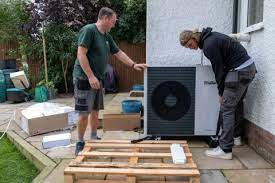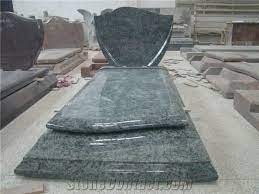Factors to Consider When Installing an Air Source Heat Pump
In the event that you are thinking about installing an air source heat pump in your home, you should think about maybe one or two factors prior to installing it. While it may not take up a great deal of space, it needs adequate air stream, and it contains a fan to give heat to the home. In any case, it is important to remember that the commotion that the unit will make may be vexatious to your neighbors, so you ought to think about the best place for the unit.
Most air source heat pump frameworks comprise of an indoor unit and an outside unit. The heat transfer process is accomplished involving a refrigerant that streams in a circle through a progression of parts, including a blower, evaporator, and expansion valve. As the refrigerant travels through the framework, it absorbs heat, changing over from fluid to gas. A solitary air source heat pump will serve several homes. ground source heat pump
These air source heat pumps can assist you with saving cash on your heating and cooling bills, and you will partake in the advantages of a superior indoor air quality. Additionally, these frameworks will dehumidify your home and lower allergen levels. In addition to this, an air source heat pump will also decrease your energy costs and require a lot smaller physical space than a standard furnace or air conditioner. This makes air source heat pumps a brilliant decision for mortgage holders in even the coldest climates.
HSPF stands for Heating Seasonal Performance Factor, which is a ratio of the energy that the heat pump utilizations to heat a structure. HSPF is typically calculated for one locale, and isn't representative of performance across Canada. A few manufacturers offer HSPF values for different climates as well, like Region 4 in the United States and Region 5 in Canada. These are estimates of average effectiveness in these locales, and not necessarily the most elevated productivity.
There are two sorts of air source heat pumps. Air source heat pumps are typically utilized in residential structures. They use power to absorb heat from the air and release it as heat. Subsequently, these air source heat pumps don't consume petroleum products. Instead, they use power to run a refrigerant cycle that gives heating and cooling to the home. These pumps also lessen the requirement for ventilation work in the home. They can also be utilized in commercial structures.
Another kind of air source heat pump is called an air-source unit. This kind of air-source heat pump is similar to central AC, yet doesn't utilize ventilation work to disseminate air. Instead, associated with individual indoor air handlers are installed all through the house. This makes the installation of an air-source heat pump relatively easy. Air handler heads are typically installed high on walls however can also be placed inside the roof or the floor.
Although air source heat pumps are relatively reliable, they are not without their faults. A portion of these issues come from faulty plans and calculations of heat misfortune. While the chances of a major malfunction are extremely low, it is as yet necessary to have it overhauled annually so it runs at its best productivity. An inadequately planned air source heat pump will affect the productivity of your home and quality of life. On the off chance that your home has an issue with air source heat pumps, you may want to consider an air source heat pump to enhance your current heating and cooling needs.




Comments
Post a Comment